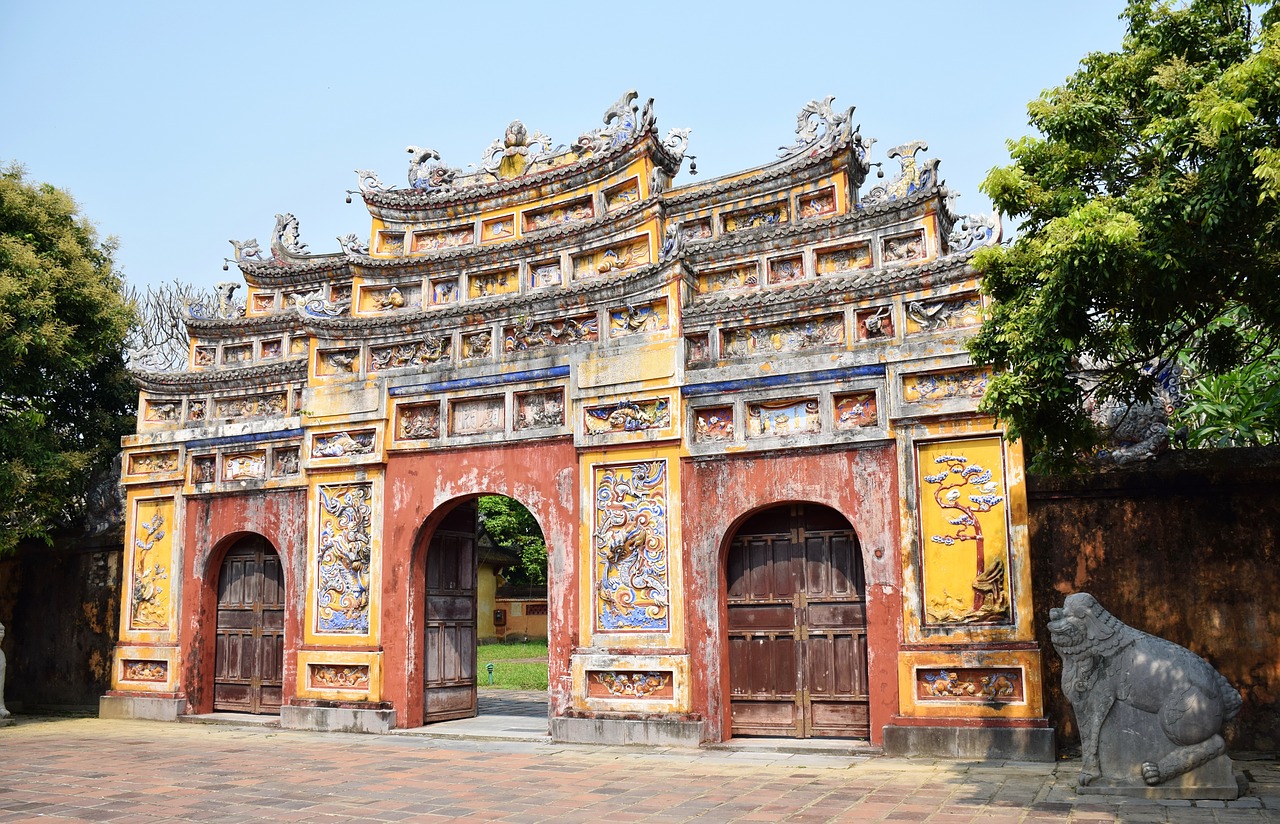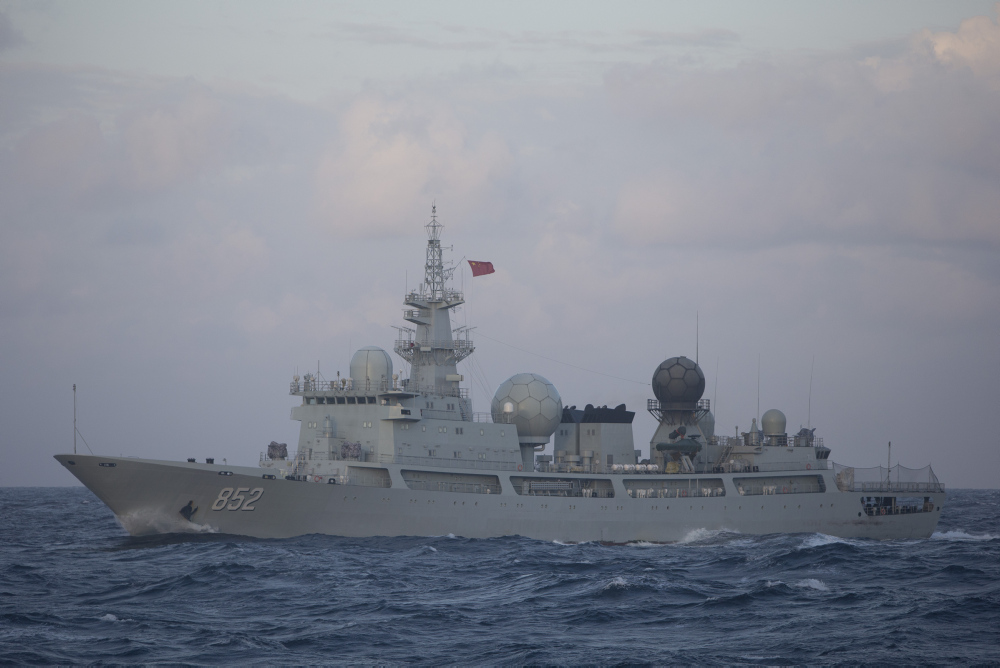ASEAN at 50: the view from Vietnam

At the 50th ASEAN Ministerial Meeting last week, Vietnam attracted international media attention for its struggle to insert strong language on the South China Sea into the ministers’ joint communiqué. The episode highlights an enormous evolution in Vietnam’s perception of ASEAN as well as the importance that the country attaches to the regional grouping in its foreign policy.
Established in 1967 when the Vietnam War was at its peak and communist-led insurgencies were spreading in Southeast Asia, ASEAN was partly a response of the five founding member countries to the communist threat. Vietnam therefore viewed ASEAN with much suspicion. After the war ended, Vietnam made efforts to improve ties with ASEAN countries as exemplified by the ASEAN tour of Prime Minister Pham Van Dong in 1978.
But after Vietnam intervened in Cambodia to overthrow the Khmer Rouge regime in late 1978, the atmosphere between Vietnam and ASEAN members turned hostile again. ASEAN worked with China and the West to isolate Vietnam diplomatically and economically. It was only after Vietnam completely pulled out of Cambodia in 1989 and the Paris Accords on Cambodia were concluded in 1991 that Hanoi’s relationship with ASEAN started to improve. In July 1992, Vietnam acceded to the Bali Treaty and became an ASEAN observer. Three years later, it became the association’s seventh member, formally putting an end to the ASEAN–Indochina confrontation.
In pursuing ASEAN membership, Vietnam’s main interest at the time was to facilitate economic cooperation with ASEAN members and to secure a peaceful regional environment conducive to its domestic economic reforms. Vietnam was looking for exactly what the Thai prime minister, Chatichai Choonhavan, referred to in 1989 as a process to turn Indochina ‘from a battlefield into a marketplace’.
Since joining ASEAN 22 years ago, Vietnam has benefited significantly from its trade and investment ties with fellow ASEAN member states. ASEAN members are now collectively Vietnam’s third-largest export market after the United States and the European Union, and its second-largest source of imports after China. Meanwhile, Singapore, Malaysia and Thailand are among the top 10 foreign investors of Vietnam.
What is more interesting and hard to conceive from the current perspective is that, at the time, Vietnam didn’t seriously contemplate the idea of enlisting ASEAN’s support in its disputes with China over the South China Sea. As demonstrated in a chapter by Dr Nguyen Vu Tung and Dr Dang Cam Tu of the Diplomatic Academy of Vietnam to be published next year in a book that I’ve co-edited, Vietnamese diplomats were convinced that, because ASEAN wasn’t a collective defence organisation, its members would not be willing to antagonise China by supporting Vietnam in the disputes. ASEAN’s rather indifferent stance on a number of incidents, such as the 1988 Sino-Vietnamese naval clash in the Spratlys, China’s grant of a concession to an American oil company to drill in Vietnam’s waters in 1992, and China’s seizure of Mischief Reef in 1995, further strengthened that conviction.
Nevertheless, Vietnam’s view of ASEAN’s role in managing the South China Sea disputes has evolved significantly since then. In particular, Vietnam has made extensive use of ASEAN-led arrangements to both engage with and soft-balance against China. On the one hand, economic cooperation with China through such avenues as the China–ASEAN Free Trade Agreement has created growing economic interdependence between the two countries, which has buffered, to some degree, the bilateral maritime tensions. On the other hand, Vietnam is trying to employ the political and legal tools made available by ASEAN to shape China’s behaviours in the South China Sea.
For example, Vietnam was one of the key driving forces behind the adoption of the 2002 ASEAN–China Declaration on the Conduct of Parties in the South China Sea. Hanoi is now pushing for a legally binding code of conduct to be negotiated soon. At ASEAN meetings, Vietnam often lobbies for a strong ASEAN stance on the issue, as seen at the ministerial meeting last week. On occasion, such as at the 17th ASEAN Regional Forum held in Hanoi, Vietnam skilfully made use of the platform to rally international support for its position on the disputes.
The change in Vietnam’s perception of ASEAN’s role in managing the South China Sea disputes is rooted in a mixture of new developments since the early 1990s. For example, China’s increasing maritime assertiveness has both necessitated Vietnam’s utilisation of ASEAN channels to deal with China and made other ASEAN member states less indifferent to the issue and more sympathetic to Vietnam’s approach. At the same time, the emergence of new ASEAN-led arrangements with China’s participation, such as the ASEAN Regional Forum (1994), the East Asia Summit (2005) and the ASEAN Defence Ministers’ Meeting – Plus (2010), also facilitates Vietnam’s efforts to soft-balance against China through ASEAN.
ASEAN has evolved significantly over the past 50 years, and so has Vietnam’s perception of ASEAN and its role in regional affairs. Vietnam’s accession to ASEAN marked a turning point in its foreign policy, and despite certain frustration now and then due to the grouping’s inability to forge a consensus on politically sensitive issues, it remains indispensable to Hanoi’s diplomacy in both economic and strategic terms. The case of ASEAN–Vietnam relations is yet another story of how valuable an asset ASEAN is to its member states, a story that’s likely to continue to be told in the next 50 years and beyond.









